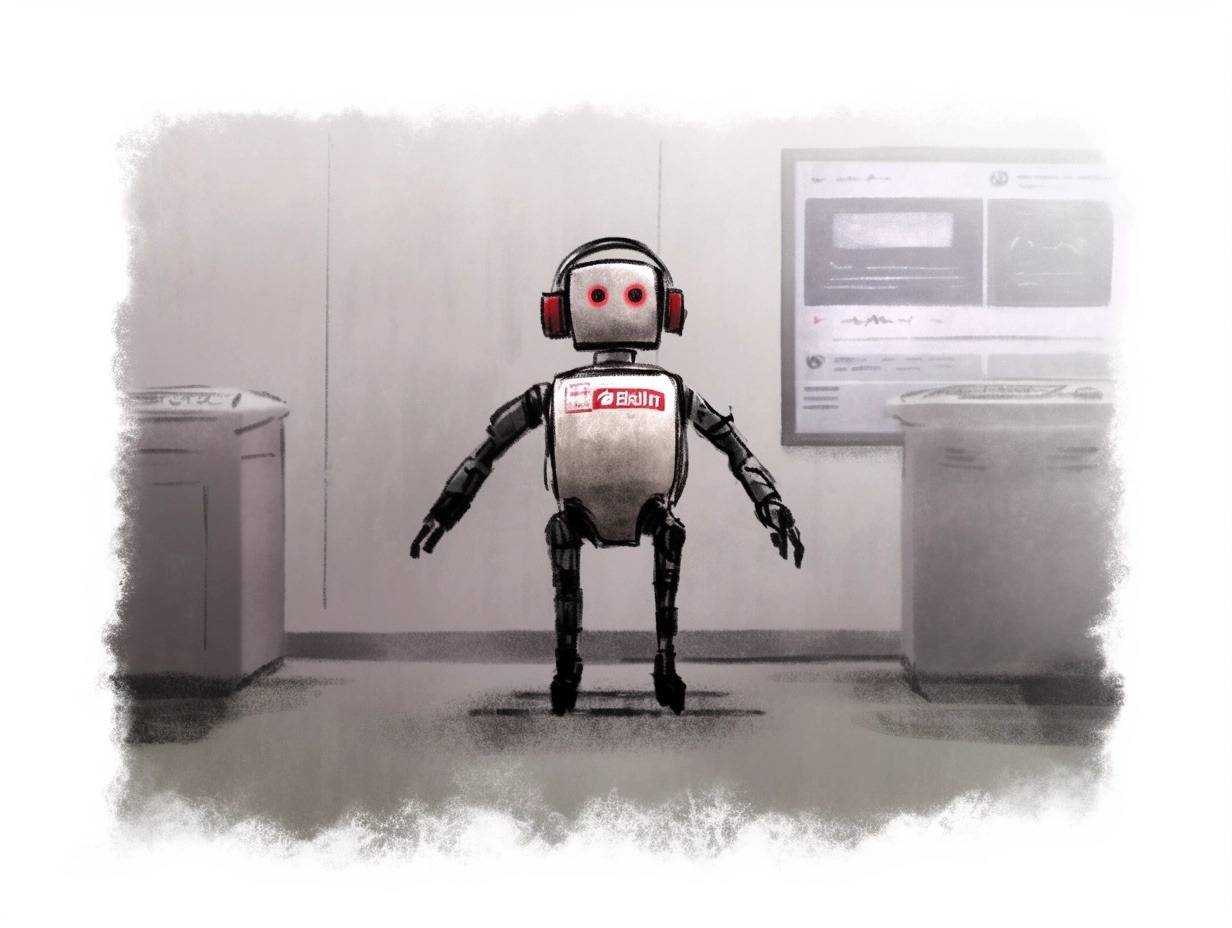How AI-Powered Chatbots Transform Customer Experience and Impact Your Bottom Line
Understanding ROI in the Context of AI Chatbots
When it comes to AI chatbots in customer support, ROI—or Return on Investment—means more than just numbers on a financial report. It’s about balancing the money saved and the value added against what you spend to get chatbots up and running. For example, organizations often crunch the numbers by tallying up cost savings from smaller support teams, higher rates of automation, and reduced operational expenses. Metrics like shorter average handle times, more inquiries resolved by chatbots alone, and drops in cost per customer contact show how effective these tools can be from a financial standpoint.
But there’s much more to this story. Improvements that are harder to quantify—like better customer satisfaction scores, lightning-fast replies, 24/7 service availability, and consistently helpful answers—are crucial pieces of the puzzle, too. By keeping tabs on both the financial data and these qualitative indicators, organizations get a clearer, richer view of chatbot value. Making data-driven decisions about expanding or tweaking chatbot support becomes much easier with both types of information in hand.
References:
Virtasant
CustomerThink
Cost Savings and Operational Efficiency Gains
AI chatbots are a game-changer for cutting down on support costs. By automating the answers to everyday, repetitive questions, businesses lessen their need for large, always-on human teams. Chatbots can tackle anything from appointment bookings to troubleshooting—potentially for thousands of customers at once and at any hour, no coffee breaks required!
Real-life results speak loudest. For instance, Virtasant reports that deploying AI chatbots can slash customer support spending by up to 30%. This comes from saving on staff costs and supporting longer service hours without added payroll. Customers get their questions answered faster, which bumps up satisfaction, while agents can focus on thornier, high-value cases. HappyFox highlights that chatbots also streamline workflow, reducing both the waiting game for customers and the stress load for staff. The bottom line? A leaner, more efficient support operation that delivers more for less.
Enhancing Customer Experience and Satisfaction
The perks of AI chatbots don’t stop at slashing costs—they also majorly boost customer experience. One of the biggest wins? Instant responses. Unlike traditional support lines where you might find yourself waiting on hold, chatbots jump in immediately, offering quick solutions to common issues. This speed not only minimizes customer frustration, but it also earns priceless satisfaction points.
Consistency is another big plus. AI chatbots operate based on set logic and scripts, which means customers get reliable, accurate answers every time they ask a question. Plus, thanks to modern advances in AI, chatbots are getting much better at personalizing responses by drawing on each customer’s history, preferences, and previous conversations. This personal touch can make customers feel valued, driving loyalty over time. Yet, it’s crucial to remember: while chatbots shine at routine tasks, there should always be a friendly human on standby for complex or sensitive situations where empathy is key.
Measuring and Maximizing ROI: Best Practices
Getting the most from your chatbot investment starts with clear, actionable goals—think reducing workload for agents, boosting customer satisfaction, or improving first-contact resolution rates. Define success before you begin and keep your chatbot aligned with bigger business priorities.
Keep an eye on key performance indicators: CSAT (Customer Satisfaction) scores reveal how customers truly feel, average resolution time shows how efficiently support runs, and deflection rates (how well bots handle questions without passing them to humans) provide straightforward signals of chatbot effectiveness. Watching these numbers helps you spot patterns, fine-tune strategies, and keep bots performing at their best. Don’t forget regular check-ins: retrain your models, update scripts, and refresh knowledge bases often to keep up with changing needs and maximize your chatbot’s ROI over time.
References:
CustomerThink
Virtasant
Looking Ahead: The Evolving Role of AI Chatbots in Customer Support
The AI chatbot landscape is moving fast. Modern bots are getting smarter, thanks to ongoing leaps in natural language processing and machine learning. They now grasp context, sense customer mood, and handle more complicated requests—all of which helps keep inquiries from landing in human agents’ laps unnecessarily.
The integration of chatbots with CRM systems, ticketing platforms, and analytics tools means bots know the customer’s story before the first “hello.” Multi-channel support is another huge step forward, enabling chatbots to deliver the same high-quality experience on websites, inside mobile apps, and even across social media. As these trends accelerate, AI chatbots are set to become the backbone of omnichannel support, driving ongoing gains in efficiency, customer engagement, and—you guessed it—ROI.


